 It's hard to find an adult who does not know how the tooth hurts. Most often the cause of unpleasant sensations is the root, which is hidden from visual inspection in tissues.
It's hard to find an adult who does not know how the tooth hurts. Most often the cause of unpleasant sensations is the root, which is hidden from visual inspection in tissues.
It is important to understand that this part of the tooth requires no less attention than enamel, so with the slightest concern, it is necessary to contact the dentist, since it is now possible to cure the nerve, to preserve its functions.
Contents
- Functional need for pulp
- Inflammation of the pulp - and it hurts, itches and looks ask
- Causes of pain
- Caries provokes pain and discomfort
- Open nerve - what can be worse
- How to stop pain and relieve inflammation?
- Folk methods for self-use
- Professional help
- Why there is tooth-pulpal pain after treatment
Functional need for pulp
The dental nerve is the bottom part of the tooth. It consists of two parts - internal, hidden in the tissues and external, entering the tooth and hidden under the enamel. In order to better understand what a nerve is, you need to know the structure of the tooth:
- top layer - enamel;
- dentin;
- in the center is a pulp, blood vessels and nerve endings.
The nerve leaves in soft tissues. There are large and small nerve endings, while in the single-root tooth there is 1 root, and in the tricorn, respectively, three.
Small endings are woven into a single network. Painful sensations come at a time when tooth decay reaches the middle - the pulp.
The main function of the dental nerves is to ensure the intake of nutrients necessary for normal development and growth of the teeth. In addition, they perform a sensory function, which allows you to learn that the tooth and tissues are beginning to deteriorate.
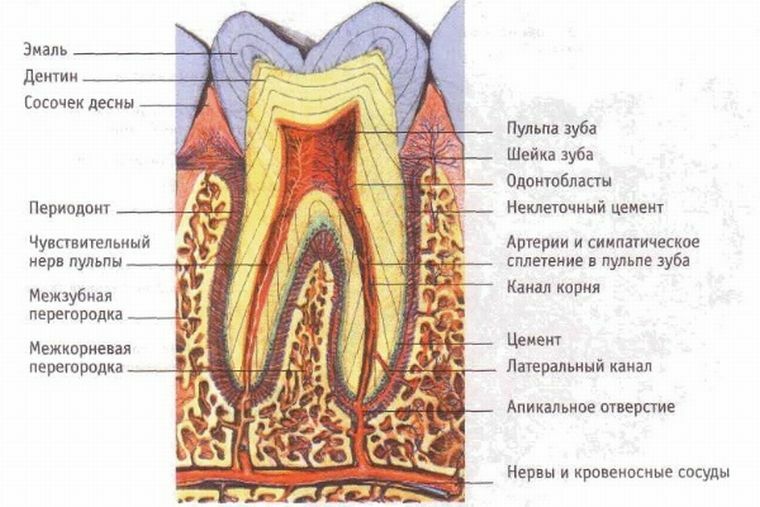
Inflammation of the pulp - and it hurts, itches and looks for
Inflammation of the dental nerve, in addition to getting into the teeth of bacteria, can result from injury to the crown or fracture of the tooth.
In this case, access to the pulp is available. It is important to understand that the infection will quickly penetrate into the cavity. If nothing is done, the first signs of the inflammatory process will be visible after a couple of hours.
Another reason for the inflammation of the dental nerve is the rough treatment of the root canals. Also, the toxic effect of the material used to make the seals may have a negative effect on the health of the nerve.
In addition, overheating of the tooth can lead to the onset of the inflammatory process. Surgical interventions are also one of the reasons for this unpleasant situation.
Symptoms of the inflammatory process are familiar to everyone: 
- twitching;
- itching in the gum area;
- incessant drawing pain, increasing with each hour.
Drugs with time cease to help, so going to the dentist is inevitable. Externally, the inflammation can manifest itself in the swelling of the cheek from the patient's tooth-flux. Then we can say that there is pus there.
Causes of Pain Syndrome
Inflammatory processes begin not just because there is a need for this. Diseases of gums and tissues can become major if the tooth looks healthy or tooth decay is present in the initial form.
Also, inflammation can be a consequence of pathological processes occurring in the neuromuscular bundle. Also, the causes of problems with the root of the tooth can be:
- deep tooth decay - caries;
- various diseases of gums;
- trauma of a mechanical nature;
- chronic diseases;
- errors in the treatment of teeth.
Inflammation of the nerve in the tooth always, regardless of the cause of its occurrence, is accompanied by similar symptoms:
- acute or throbbing pain;
- increased susceptibility of the tooth to hot, sour, cold or salty;
- by the appearance of an unpleasant odor.
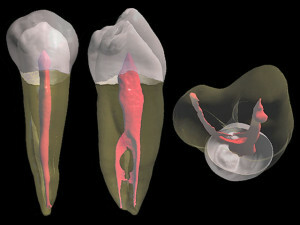 In most cases it is possible to save the tooth by putting a seal, in the early stages of the disease it is possible to save the nerve, but if the inflammation process is started, a flux will appear, therefore, suppuration will occur, which can lead to a risk of blood infection.
In most cases it is possible to save the tooth by putting a seal, in the early stages of the disease it is possible to save the nerve, but if the inflammation process is started, a flux will appear, therefore, suppuration will occur, which can lead to a risk of blood infection.
Other factors that cause nerve disease include poor oral hygiene, a rare visit to the dentist, a lack of vitamins or an overabundance in the body.
Caries provokes pain and discomfort
A person often faces such an unpleasant situation as a sudden pain in the area of the dental nerve. There are many reasons for this:
- dental diseases;
- inadequate oral hygiene;
- error of doctors during dental procedures.
The most common pulpitis occurs when a person is inattentive to the health of the mouth, because the nerve can get sick in case of caries.
After the integrity of the tooth crown is broken, a cavity is formed in it, gradually increasing in size. It penetrates harmful microorganisms and, reaching the pulp, hit it.
Open nerve - which can be worse
Bared nerve of the tooth is formed for two reasons:
- dentist error;
- started caries.
Symptoms of the problem: acute pain, which manifests itself not only when pressing on the tooth, but also in the usual situation.
In some cases, there may be an increase in body temperature, as the body's response to the effects of bacteria.
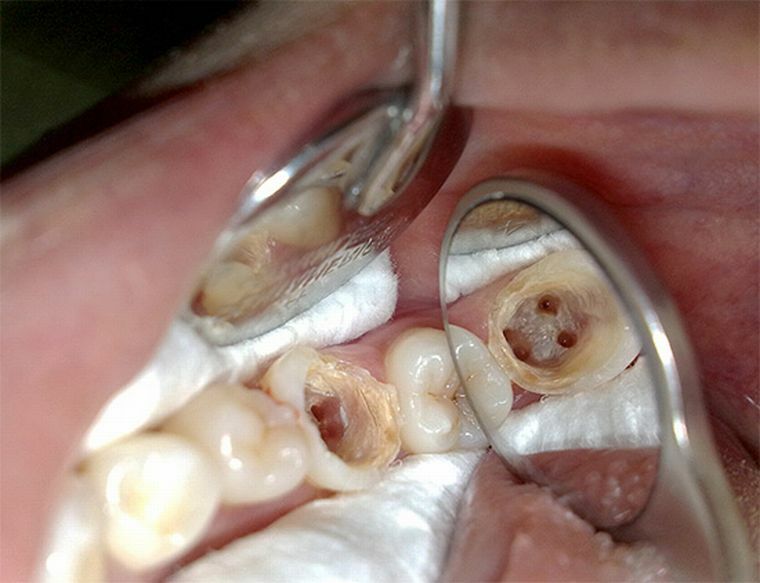
In the photo the exposed nerve of the tooth
How to stop pain syndrome and relieve inflammation?
Inflammatory processes often lead to severe pain. It is necessary to know how to quickly remove the pain and calm the dental nerve, in the event that a person is at home. 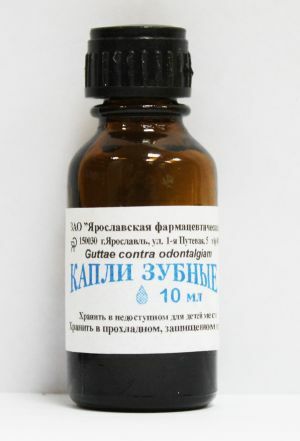
There are several effective techniques that allow a quick and long period of time to calm the nerve and relieve acute pain.
Providing first aid is reduced to taking pain medication. The most effective way to cope with the task is a tooth drop.
If they are not in the home medicine chest, then you can use analgesics, which will remove or reduce the pain manifestations of inflammation.
If the cause of the pain is a mechanical effect, rinse your mouth with water to get rid of the splinters of the tooth, perform hygienic procedures to remove food debris, and contact the dentist.
If the inflammation of the gums is the cause of the disease, then in addition to brushing your teeth, rinse your mouth with a warm decoction of sage and chamomile - this will help prevent the development of microorganisms.
Folk methods for self-use
Most often in the home, people resort to folk methods of combating pain. Among the most common and effective the following types of assistance:
- application of lotion from water and hydrogen peroxide;
- vodka compress;
- heating( it can be used in the first stages of the disease, when there is no suppuration);
- infusion of onion peel.
Also effective in the removal of pain sensations garlic. It must be crushed, mixed with salt and applied to a sick tooth.
Professional help
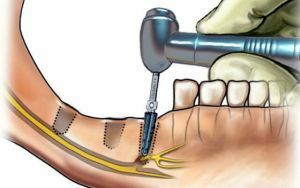 Access to dentistry ensures a quick solution to the problem. The doctor will examine the tooth, carry out disinfection of the oral cavity to prevent the development of bacteria and their penetration further into the tissue.
Access to dentistry ensures a quick solution to the problem. The doctor will examine the tooth, carry out disinfection of the oral cavity to prevent the development of bacteria and their penetration further into the tissue.
Sometimes an X-ray is required so that a specialist can assess the scale of the work and better understand which stage is the disease - whether or not the tooth root is preserved.
Next, it will be partially or completely removed and the seal inserted, if the tooth walls can be retained.
Why does dental pulpal pain occur after
treatment? Often after a visit to the dentist, people coming home, continue to feel pain in the tooth, which can be of different intensity.
There are several main reasons:
- features of the body - natural pain in the place of removal can last up to three days from the removal of the nerve;
- allergic reactions of to the drugs and preparations used;
- error of the physician in the process of performing the nerve removal work;
- development of suppuration or other diseases of the oral cavity of that were not detected at the time of removal.
If the pain does not pass in the first hours after removal, then for the next three days it is necessary to monitor changes that may occur.
The following symptoms should become alarming:
- appearance of lethargy, weakness;
- increased pain;
- increased body temperature.
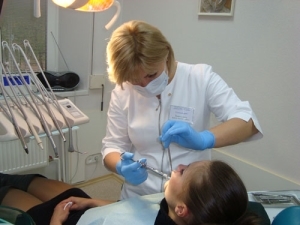
- signs of inflammation - redness of the gums, swelling of the cheeks.
In order to minimize possible complications, it is necessary to strictly follow the doctor's recommendations, which he will give at the end of the procedure for nerve removal and sealing.
You should not wait more than 3 days, if the pain does not subside, you need to see a doctor again.
Thus, the tooth's nerve pain is not a rare phenomenon, which can be caused by a variety of different causes. It is necessary to pay attention to the health of the teeth and oral cavity in general, so as not to suffer from non-subsiding pain.
